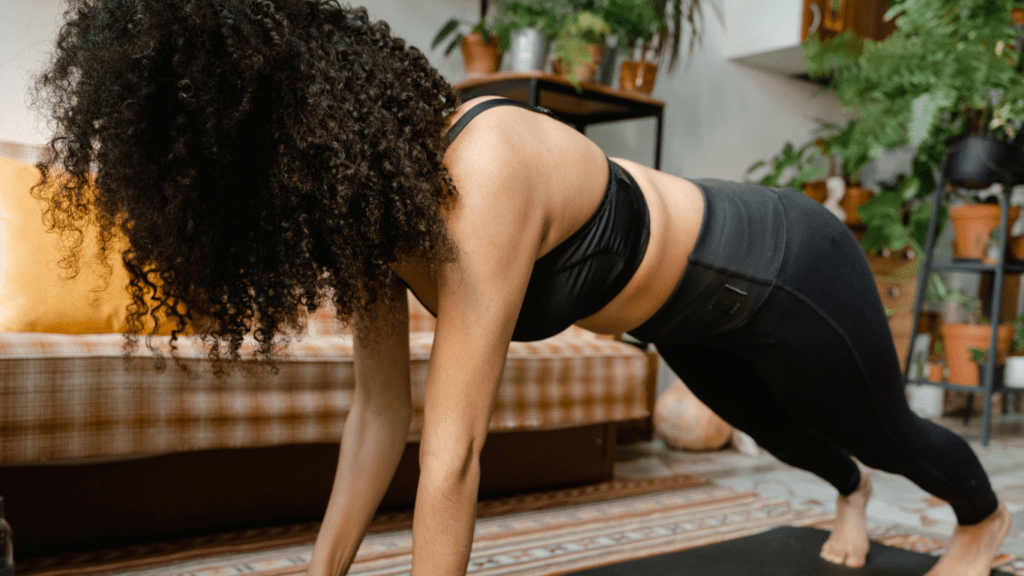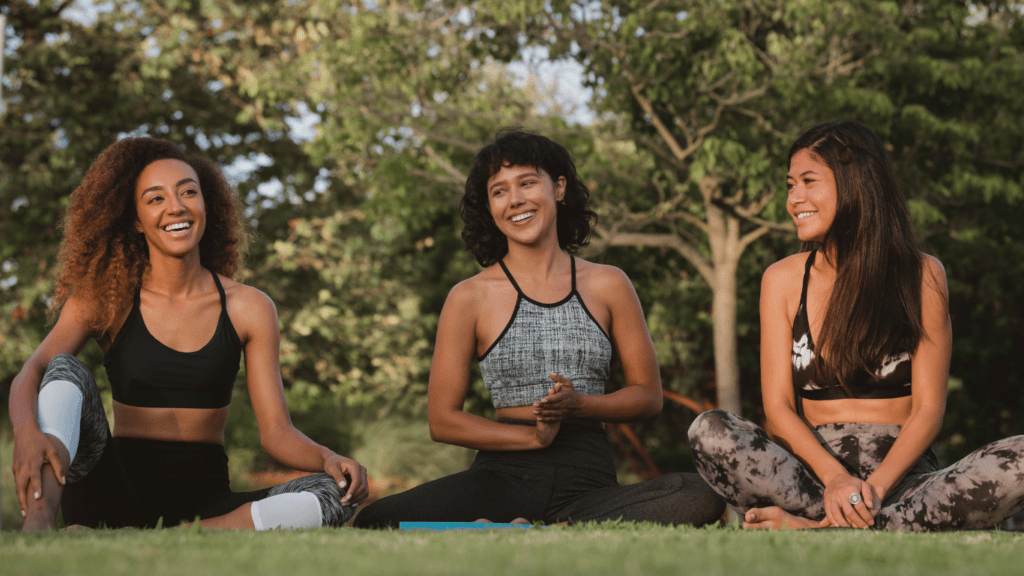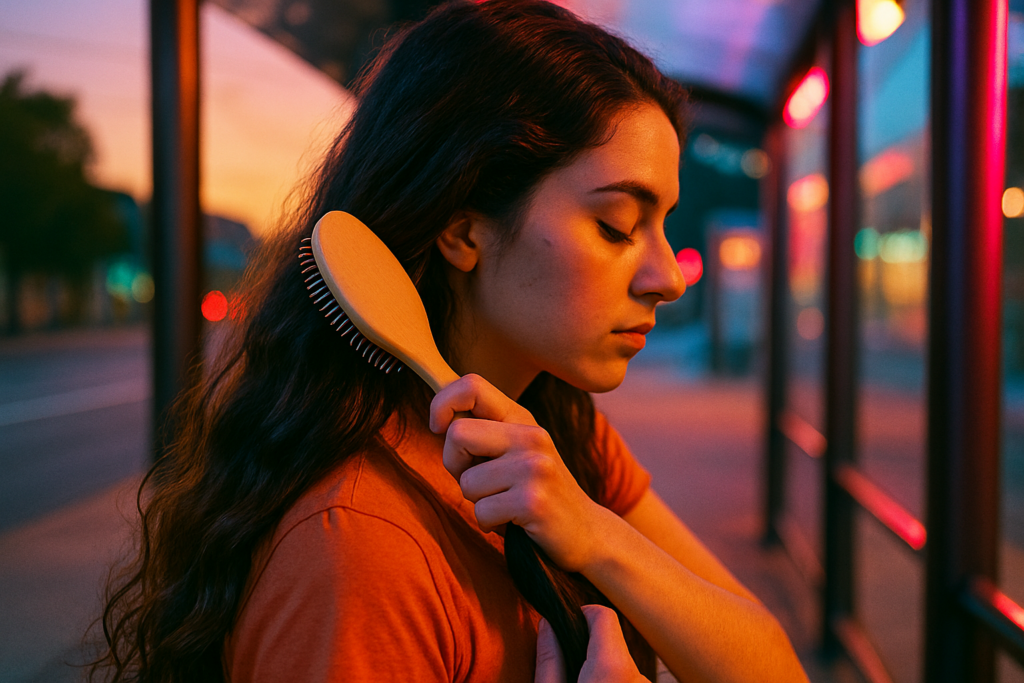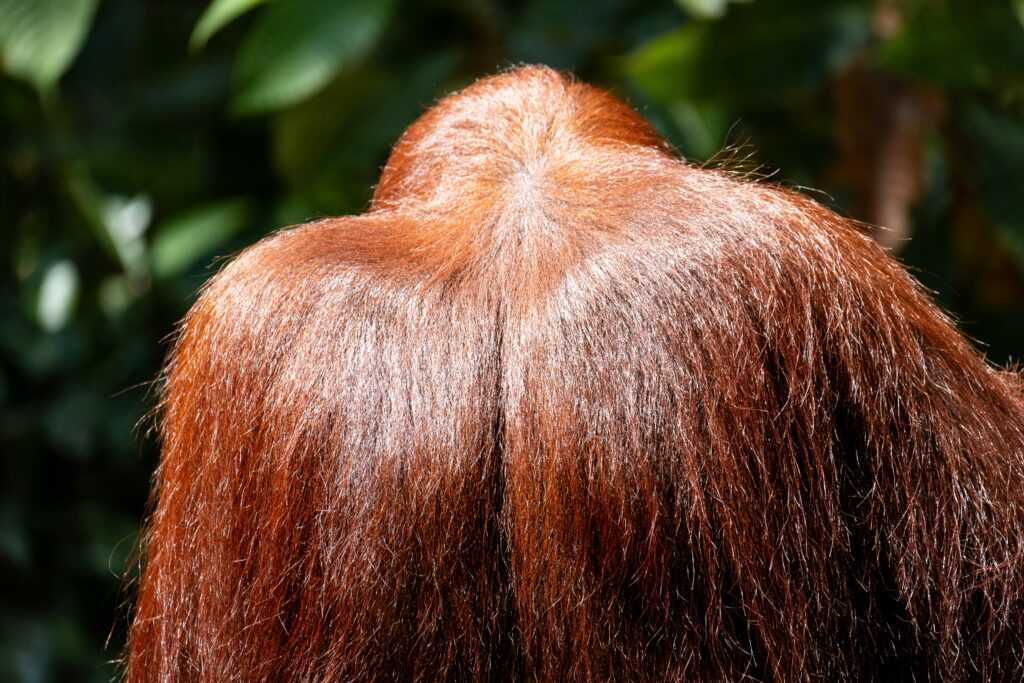Understanding Hair Health
Hair health includes factors like shine, strength, and growth rate. Healthy hair typically feels smooth and is free from breakage and split ends. Genetics, diet, and overall health significantly influence hair health. While I can’t control my genetics, my lifestyle choices, such as diet and exercise, play a pivotal role.
Hair is primarily made of a protein called keratin. To support keratin production, adequate protein intake is crucial. For instance, consuming lean meats, eggs, and legumes helps maintain hair strength.
Vitamins and minerals also contribute to hair health. Vitamin A, found in carrots and spinach, promotes sebum production, keeping the scalp moist. Vitamin C, present in citrus fruits, aids collagen production, strengthening hair strands. Iron, available in red meat and spinach, supports oxygen transport to hair follicles, promoting growth.
Externally, hair health involves scalp care. A clean, well-moisturized scalp reduces dandruff and hair loss. Using shampoo and conditioners suitable for one’s hair type is essential. Avoiding excessive heat styling preserves hair integrity. Regular trims prevent split ends and maintain hair appearance. Keeping my scalp healthy ensures the best environment for hair growth.
Internal imbalances show up in hair health. Stress, medication, and hormonal imbalances often lead to hair issues. Managing stress through exercise or meditation can minimize its impact on hair. Consulting healthcare professionals can address medication and hormonal concerns. These factors tied to hair health are manageable with informed lifestyle choices.
Hair health, while influenced by uncontrollable factors, can be improved with deliberate care. It involves a balance of good nutrition, proper scalp care, and managing internal health. With the right approach, maintaining vibrant, strong hair becomes achievable.
The Science Behind Exercise and Hair Growth
Regular exercise fosters optimal hair growth by improving circulation and maintaining hormonal balance. Let’s explore these aspects to understand how they contribute to hair health.
Circulation and Nutrient Delivery
Exercise enhances blood flow throughout the body, including the scalp. Improved circulation ensures more nutrients and oxygen reach hair follicles, promoting healthier growth. Intense workouts cause the heart to pump more efficiently, increasing nutrient delivery to the scalp.
For example, aerobic exercises like:
- running
- cycling
- swimming
significantly boost cardiovascular health, enhancing the scalp’s blood supply. Better circulation aids in the removal of waste products from the scalp, further supporting follicle health.
Hormonal Balance
Physical activity helps regulate hormone levels, which can influence hair growth. Exercise reduces stress hormones like cortisol, which in high levels, can accelerate hair loss.
Activities that lower stress, such as yoga and tai chi, positively affect hormonal balance and hair health. Additionally, engaging in regular physical activity increases the levels of endorphins and serotonin, uplifting mood and reducing stress-induced hair shedding. Maintaining a balanced hormonal environment supports consistent and healthy hair growth.
Benefits of Exercise for Hair Health

Exercise offers multiple benefits for hair health. Regular physical activity can significantly improve the condition of your hair through various mechanisms.
Stress Reduction
Exercise helps reduce stress levels, which supports hair health. High stress increases cortisol, leading to hair loss. Activities like yoga, tai chi, and aerobic exercises lower stress, thereby decreasing cortisol levels and promoting healthier hair growth. Consistent exercise routines can mitigate stress-induced hair issues.
Improved Scalp Health
Physical activity improves scalp health by enhancing blood circulation. Greater blood flow means more nutrients and oxygen reach hair follicles, encouraging growth. Cardio exercises such as running, swimming, and cycling can stimulate circulation to the scalp, fostering a healthier environment for hair to thrive.
Enhanced Hair Quality
Exercise contributes to better overall hair quality. Increased blood flow resulting from regular workouts ensures essential nutrients reach hair follicles. This nutrient supply strengthens hair strands, making them less prone to damage. Regular exercise also supports hormonal balance, reducing issues like thinning and weak hair.
Using these strategies, you can leverage the benefits of exercise to maintain and enhance hair health.
Exercise Tips for Better Hair Health
Incorporating specific types of exercise into your routine can significantly benefit hair health. By optimizing exercise frequency and duration, you can enhance overall well-being and hair quality.
Types of Exercise
Engaging in various types of exercise supports hair health in different ways. Cardiovascular activities like running, swimming, and cycling increase blood flow, ensuring essential nutrients reach hair follicles.
Weight training improves overall muscle tone and body strength, indirectly benefiting hair by boosting metabolism and hormonal balance. Yoga and tai chi reduce stress levels through deep breathing and stretching, promoting healthier hair growth. Each exercise type contributes to maintaining a balanced lifestyle, which is crucial for healthy hair.
Frequency and Duration
Consistency in exercise is key to achieving noticeable hair health benefits. For optimal results, I recommend engaging in cardiovascular activities at least 3-4 times per week for 30-45 minutes each session. Weight training should be done 2-3 times per week, focusing on different muscle groups each session to avoid overtraining.
Incorporating yoga or tai chi sessions 2-3 times per week for 20-30 minutes helps manage stress and supports overall well-being. Adopting a balanced exercise regimen that includes these elements ensures that the body receives the necessary stimulation for optimal hair health improvement.
Common Myths and Misconceptions
Exercise and hair health often get linked in discussions, but several myths persist. Addressing these misconceptions helps ensure accurate information.
Myth 1: Sweating Causes Hair Loss
Sweating during exercise boosts hair follicle function by unclogging pores. While sweat may make your hair feel dirty, it doesn’t cause hair loss. Instead, it’s essential to wash your hair post-exercise to remove excess sweat and grime.
Myth 2: Wearing Hats Prevents Hair Growth
Wearing hats during physical activities protects hair from sun damage. Some believe hats cause hair loss by restricting blood flow, but this isn’t true unless they’re excessively tight. Moderate hat-wearing benefits hair health without affecting growth.
Myth 3: Exercise Alone Fixes Hair Problems
Regular exercise improves blood circulation to the scalp, promoting hair growth. However, it’s not a substitute for proper nutrition and hair care. Adequate protein, vitamins, and minerals are crucial for maintaining hair health alongside exercise.
Myth 4: All Exercisers Have Great Hair
Exercise positively impacts hair health, but everyone’s hair differs based on genetics, diet, and lifestyle factors. While physical activity supports hair health, not every regular exerciser will see the same benefits due to individual differences.
Myth 5: Stress-Relief Exercises Are Enough
Yoga, tai chi, and similar exercises reduce stress, benefiting hair growth. Nevertheless, including cardiovascular and strength training exercises ensures comprehensive hair health improvement by enhancing blood flow and hormonal balance.
Debunking these myths ensures readers understand the real connection between exercise and hair health. It’s important to rely on factual information when considering lifestyle changes to promote healthier hair.



 Product Review Expert
Marta is the product guru of the team, with a keen eye for discovering the best hair care products available. She meticulously tests and reviews shampoos, conditioners, styling tools, and treatments to give readers honest, in-depth insights. Marta’s expertise ensures that only the highest quality products are recommended, making her reviews an essential guide for anyone looking to invest in their hair care routine.
Product Review Expert
Marta is the product guru of the team, with a keen eye for discovering the best hair care products available. She meticulously tests and reviews shampoos, conditioners, styling tools, and treatments to give readers honest, in-depth insights. Marta’s expertise ensures that only the highest quality products are recommended, making her reviews an essential guide for anyone looking to invest in their hair care routine.
